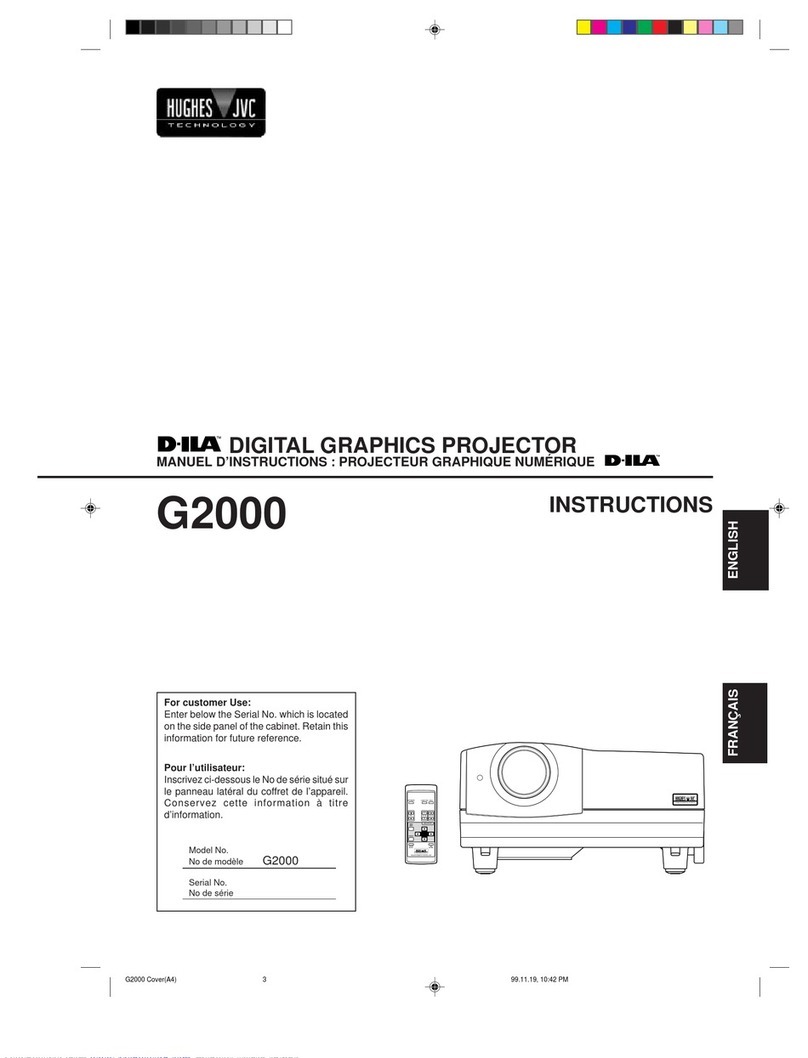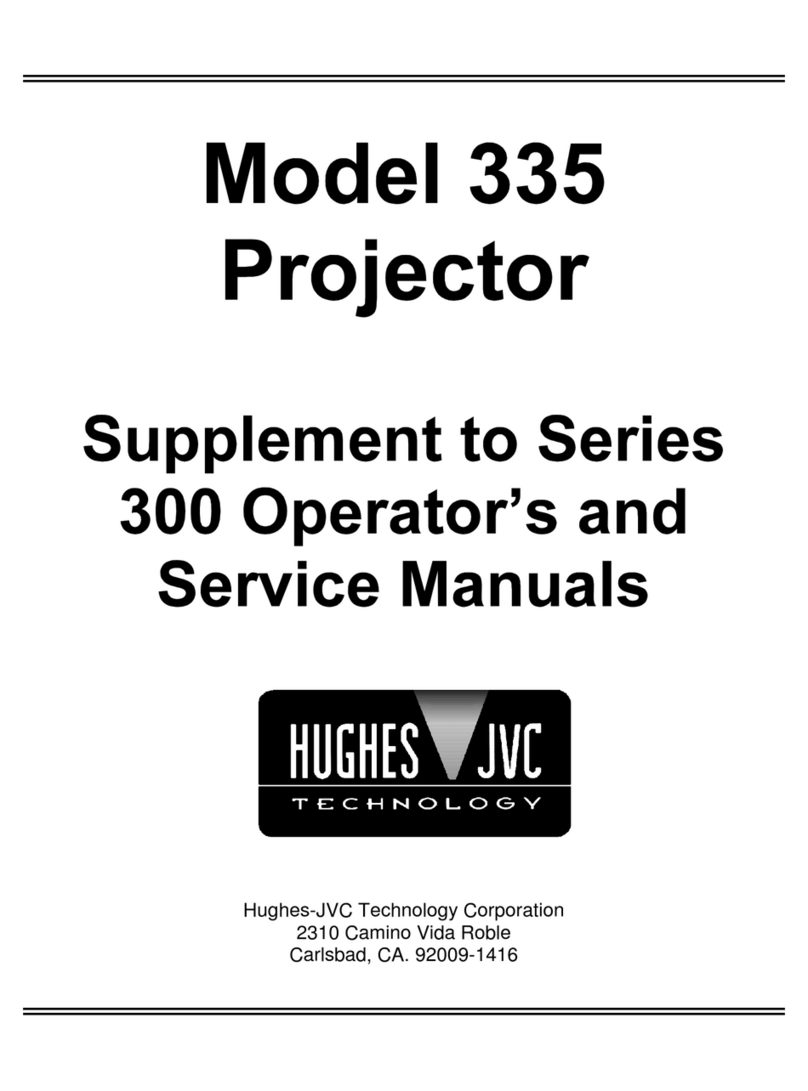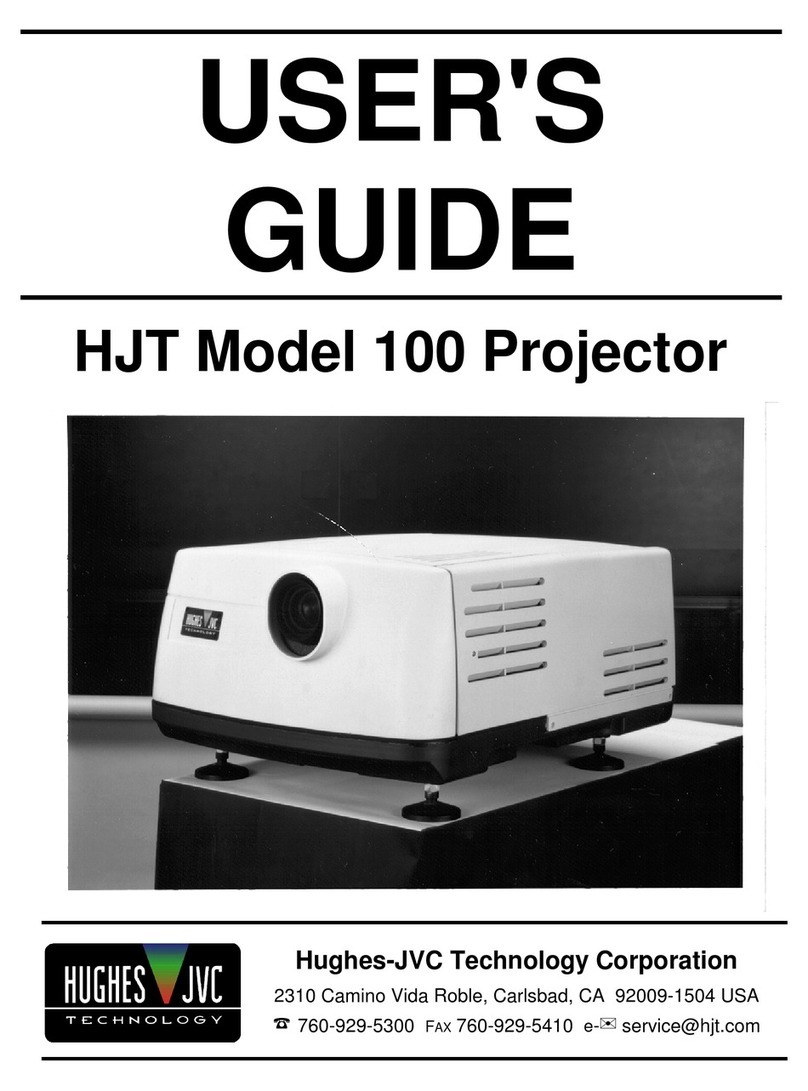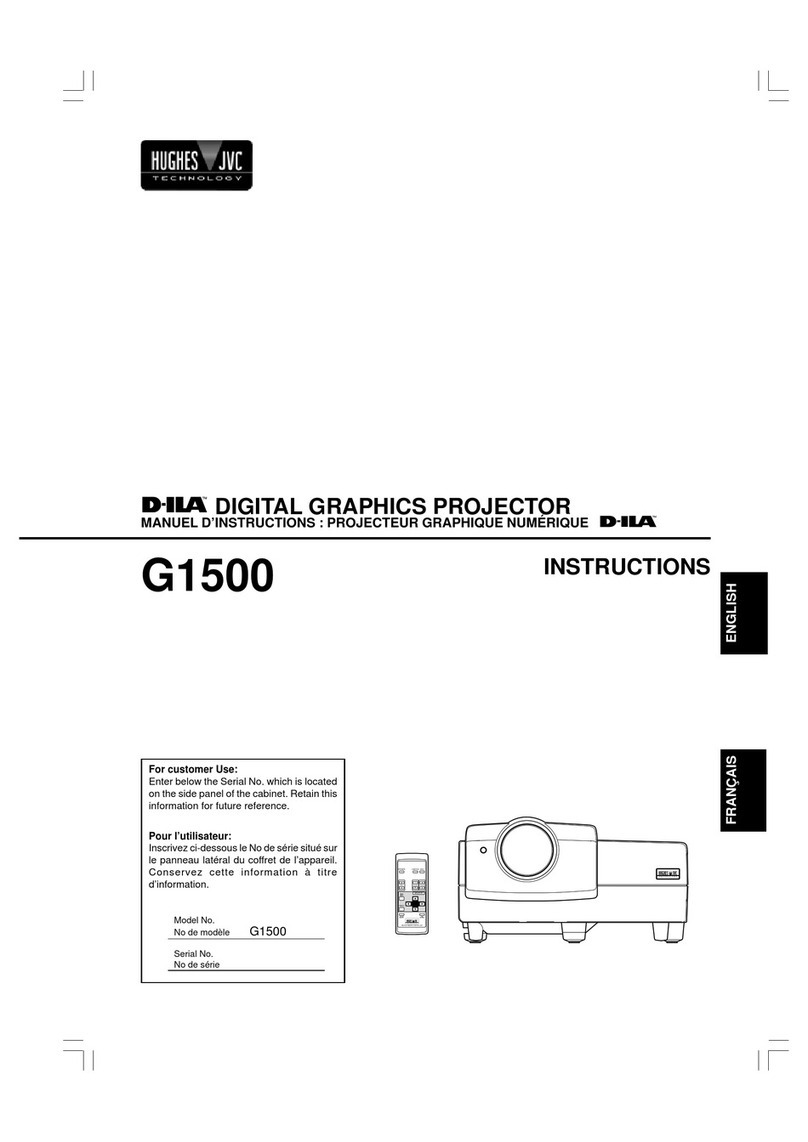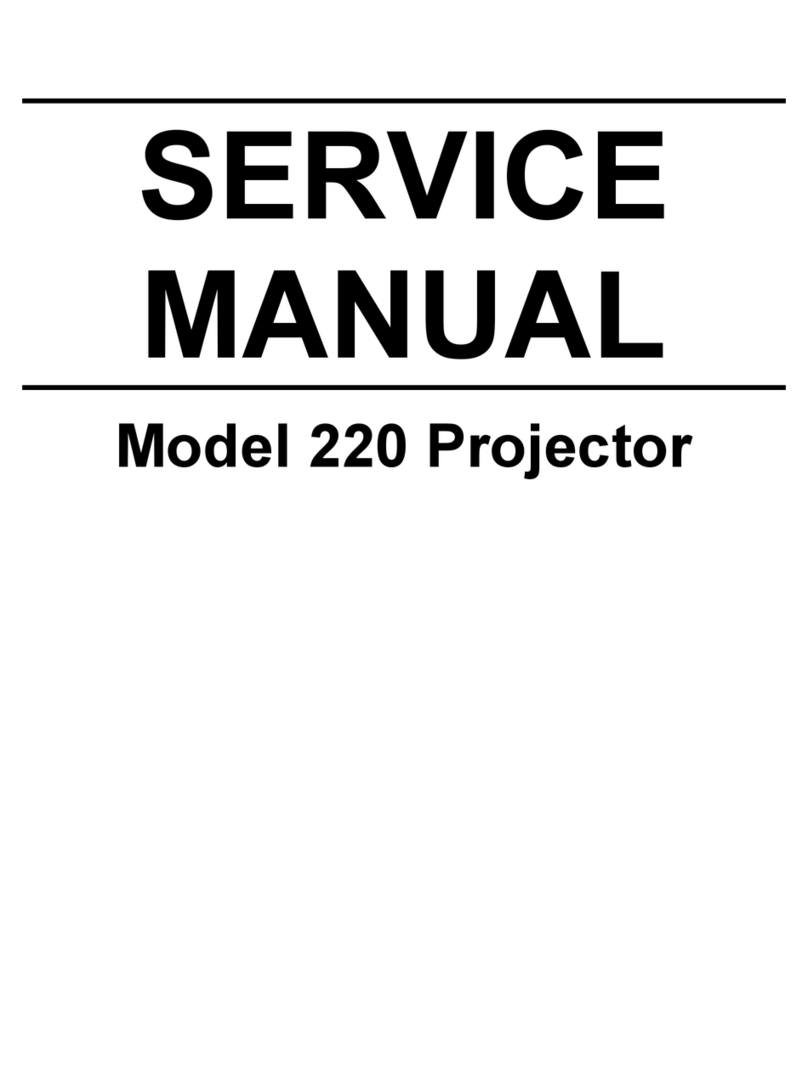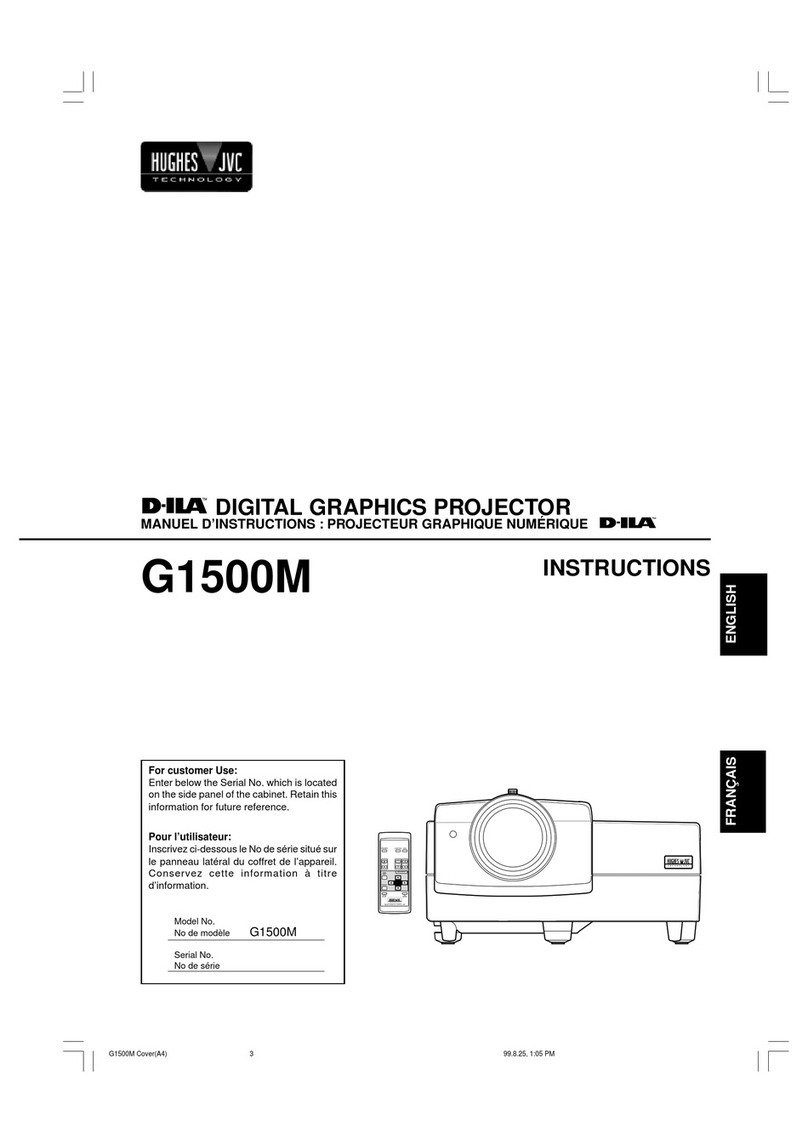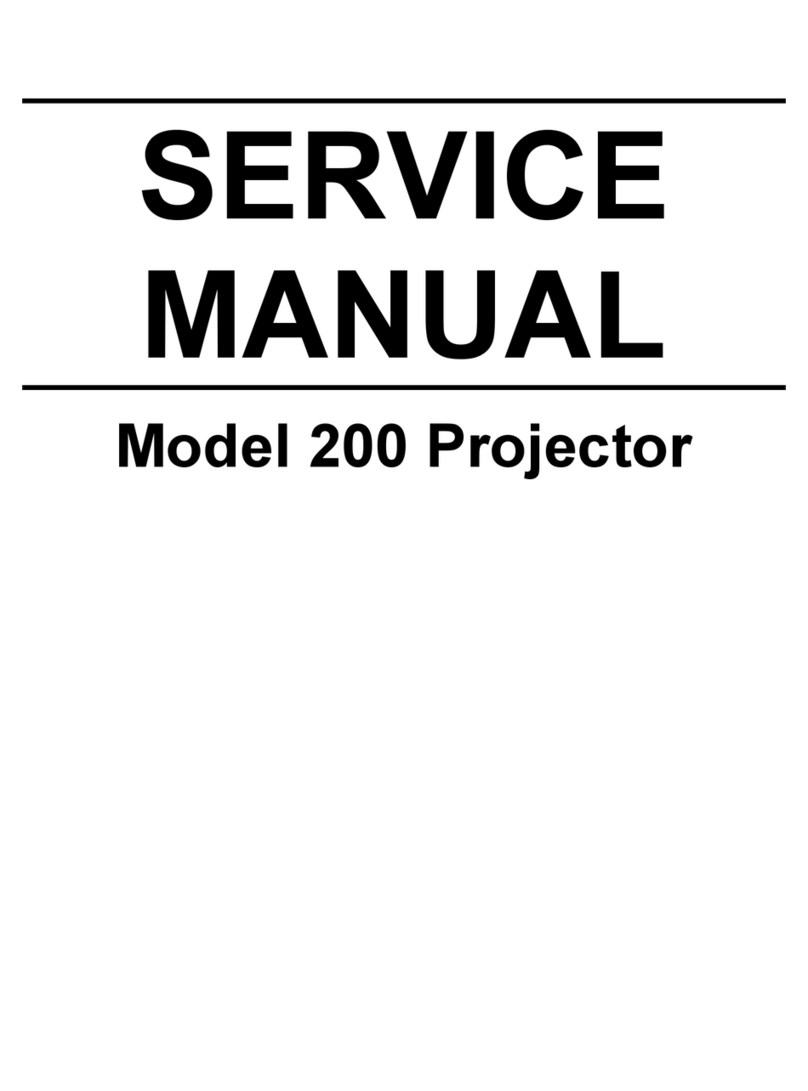
Model 100 Service Manual iii
Table of Contents
Safety Information...............................................................................v
Chapter 1 Introduction
1.1 Safety...............................................................................................1-1
1.2 Updates............................................................................................1-1
1.3 Tool List..........................................................................................1-2
1.4 Acronyms Used in this Manual......................................................1-2
Chapter 2 Functional Description
2.1 Introduction....................................................................................2-1
2.2 Optical Section...............................................................................2-2
2.3 Electronics System.........................................................................2-9
Chapter 3 Service Adjustments
3.1 Introduction....................................................................................3-1
3.2 Arc Lamp Adjustment....................................................................3-5
3.2 ILA®Back Focus............................................................................3-9
3.3 CRT Electronic Focus....................................................................3-11
3.4 ILA®Overlap..................................................................................3-12
3.5 Front/Rear or Inverted Projection Jumper Settings........................3-13
3.8 Horizontal Size Settings.................................................................3-15
3.9 Software Updating..........................................................................3-17
3.11 Graphic Enhancement Adjustment.................................................3-21
3.12 Cleaning Lenses, ILA®Assemblies and Mirrors............................3-22
Chapter 4 Maintenance (Removal/Replacement)
4.1 Introduction....................................................................................4-1
4.2 Projector Covers.............................................................................4-4
4.3 Air Filters .......................................................................................4-4
4.4 Arc Lamp Assembly.......................................................................4-5
4.5 Ignitor Assembly............................................................................4-7
4.6 Arc Lamp Power Supply................................................................4-8
4.7 Low Voltage Power Supply............................................................4-9
4.8 High Voltage Power Supply...........................................................4-9
4.9 System Controller \ Raster Timing Generator................................4-10
4.10 Video Processor PCBs ...................................................................4-11
4.11 Deflection Processor PCB..............................................................4-12
4.12 Vertical Convergence Deflection PCB...........................................4-12
4.13 Horizontal Deflection PCB ............................................................4-13
4.14 Video Input Cards ..........................................................................4-13
4.15 Regulator PCB................................................................................4-13
4.16 Video Amplifier PCBs...................................................................4-14
4.17 CRT/ILA®Assembly.....................................................................4-15
4.18 Projection Lens...............................................................................4-17
4.19 Recommended Spares....................................................................4-19
